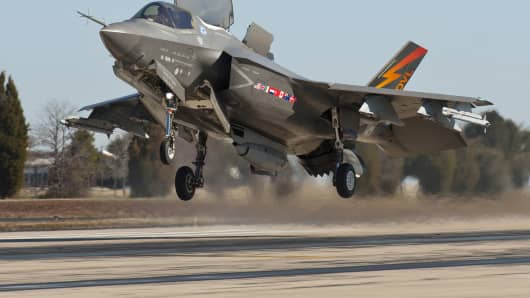Even more specific to software, the Air Force's expeditionary combat support system to automate inventory, facing complexities in acquisition, was cancelled after seven years and $1 billion in investment. To achieve just one-quarter of intended capability, another $1 billion would have been needed.
Other systems now under development face the same problems. The electronic transfer of medical records from the Department of Defense to the Department of Veterans Affairs has experienced setbacks amid rising costs. In 2008, Congress tasked both departments with developing electronic records that could be seamlessly transferred. Years later, despite ongoing efforts to fulfill the directive, the departments are no closer to completion.
The same goes for the Army's distributed common ground System (DCGS-A), created for the purposed of collecting and disseminating intelligence data. While conceptually impressive, DCGS-A is forcing the Army and the Pentagon, across the entire DCGS enterprise, to reinvent tools that are already available through the private sector. These same off-the-shelf alternatives are cutting-edge by comparison.
Breakdowns within DCGS-A, which are a direct result of arduous acquisition and verifiably incompatible tools, have forced soldiers to request commercial solutions to fill sizeable gaps in capability. Soldiers in Afghanistan have personally identified these gaps, one of which is countering Improvised explosive devices, as impediments to their mission.
Regardless of the system in question, it is the fighting men and women across the military services who accept the full risk of faulty or under-performing systems, not the acquisition officer in the Pentagon or any mid-level bureaucrat. It is these men and women covering the ground in Afghanistan who conduct patrols and assume the dangers of combat, not the mid-level bureaucrat or acquisition officer. Most important, it is these men and women who perform the military's global mission day-in and day-out.
Pentagon acquisition is not something most fighting men and women are familiar with, nor should they be. Though what they expect is a process that not only works in their best interest, but guarantees they are receiving the absolute best resources regardless of where they originate.




